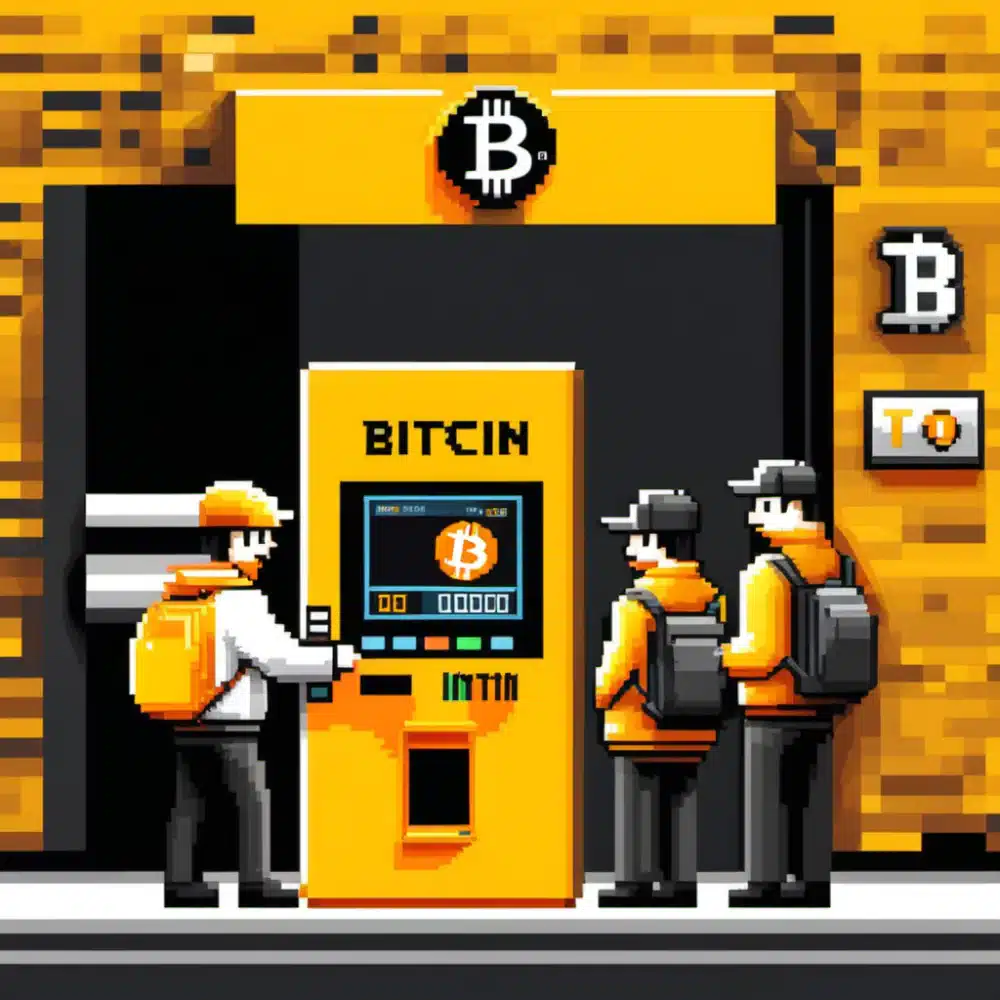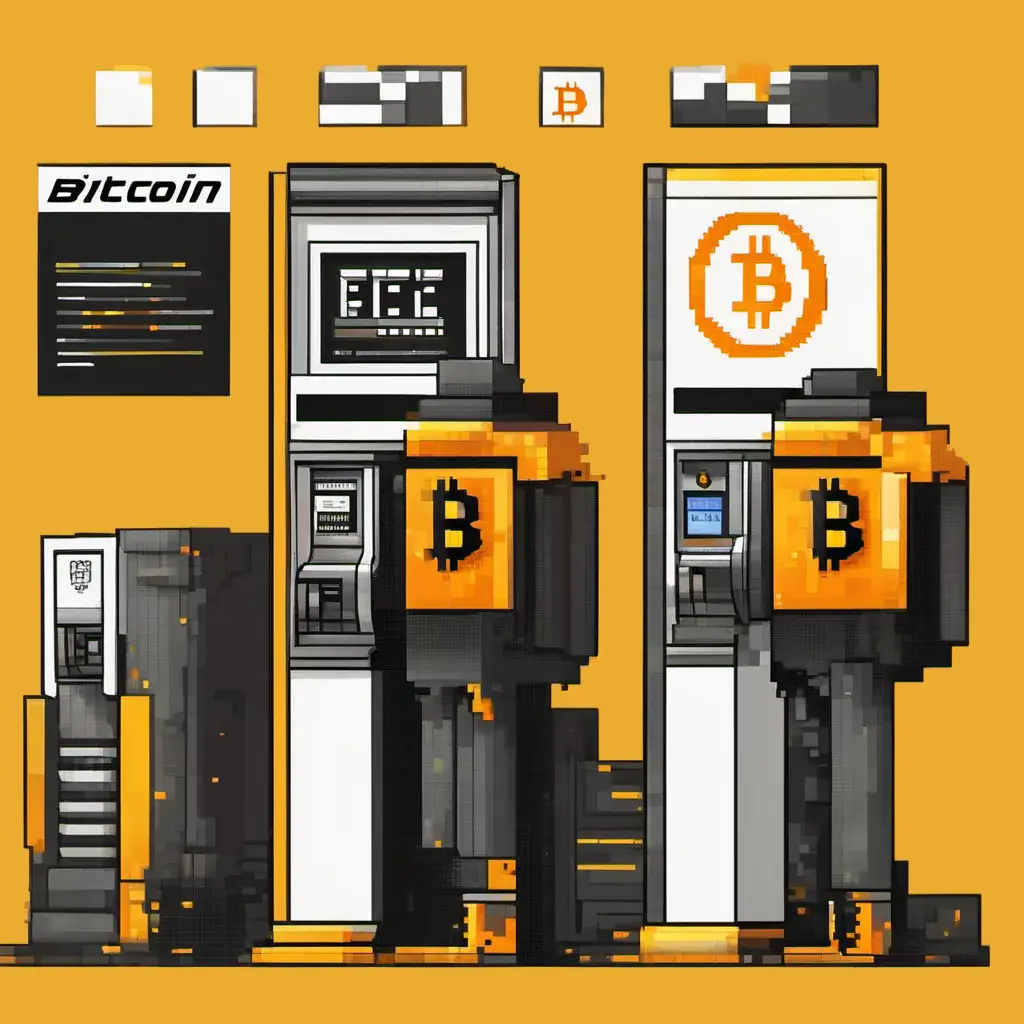Lately, regulatory bodies and law enforcement agencies across various regions have expressed growing concerns regarding the surge in crypto-related frauds and scams involving Bitcoin ATMs.
Crypto kiosks facilitate the buying and selling Bitcoin with cash, expanding accessibility to digital financial services.
With over 34,000 kiosks worldwide, Bitcoin ATMs hold the potential to enhance financial inclusion, particularly for populations underserved by traditional banking and reliant on cash transactions.
However, this accessibility has also attracted fraudsters who exploit crypto kiosks for scams.
This article looks into Bitcoin ATM Scams, highlights common warning signs, and explores how blockchain analytics can help mitigate associated risks.
Table of Contents
ToggleKey Takeaways
- Bitcoin ATM crime has surged since 2020, with over 34,000 machines worldwide.
- Scammers have become increasingly sophisticated, resulting in significant financial losses.
- Common scams include pig butchering, romance, impersonation, and computer “Anti-Virus Protection” scams.
- Scammers exploit trust, fabricate urgent situations, and direct victims to Bitcoin ATMs to steal funds.
- Watch out for unsolicited contact, guaranteed high returns, urgency, and requests for excessive personal information.
- Stay vigilant, avoid pressure, be skeptical of advance payments, and verify information before acting in case you suspect a Bitcoin ATM scam.
- CoinTime prioritizes security, adheres to regulations, and offers a clear interface to protect users to protect you from BTM Scams.
- If scammed, contact the Bitcoin ATM operator, provide proof of transaction, contact your bank, file a police report, and seek legal advice.
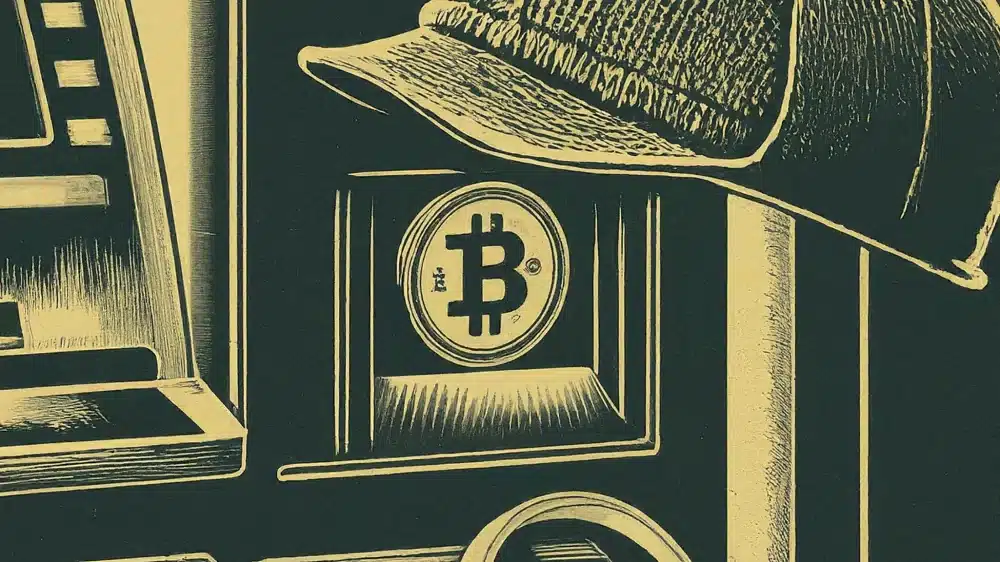
Bitcoin ATM Crime Risen Quickly
US law enforcement has noted a significant surge in Bitcoin ATM-related crime since the beginning of 2020, a trend attributed partly to the rapid rise of Bitcoin ATMs.
In January 2020, there were 4,212 Bitcoin ATMs operational in the United States.
However, this number has since skyrocketed to over 34,000 Bitcoin ATMs worldwide.
A graph showing the growth of crypto ATMs over time
Scammers have become increasingly sophisticated in their methods to defraud people, as highlighted in the Better Business Bureau’s (BBB) annual report on the largest scams of 2023, which drew from 67,000 scam reports.
According to the BBB, approximately 80% of Americans targeted in crypto and investment scams in the past year suffered financial losses.
The median lost was $3,800, though many individuals fell victim to scams involving much larger sums.
A graph showing the comparison of the total incidents of crypto scams in 2022 vs. 2023
Types of Bitcoin ATM scams
Here are some common types of Bitcoin ATM scams:
i) Pig Butchering Scams
In these scams, fraudsters create fake identities and establish trust with victims through various communication channels.
Once trust is established, the scammer presents a fake cryptocurrency investment opportunity.
Victims are persuaded to invest cash using a Bitcoin ATM and send the cryptocurrency to the scammer’s wallet under the disguise of an “investment site.”
ii) Romance Scams
Scammers target individuals on dating websites, apps, or social media, gradually building a romantic relationship with them.
Eventually, the scammer requests money from the victim for reasons such as falsified medical or travel emergencies.
Victims are convinced to send money using a cryptocurrency ATM.
iii) Impersonation Scams
Scammers here impersonate officials from government agencies or utility companies, using threats of legal action or service disconnection to create fear in victims.
Victims are coerced into depositing cash into a cryptocurrency ATM to resolve the supposed issue.
iv) Computer “Anti-Virus Protection” Scams
Victims see pop-up alerts on their computers instructing them to call a “help desk” number for anti-virus protection.
During the call, scammers claim that hackers have accessed the victim’s bank account and persuade them to convert cash into cryptocurrency using a Bitcoin ATM.
How Scammers Steal Using Bitcoin ATMs (step-by-step)
Scammers employ various tactics to deceive victims into sending money through Bitcoin ATMs.
These machines function like traditional bank ATMs, allowing scammers to receive payments in cryptocurrencies such as Bitcoin, Ethereum, and Tether.
Here is a common way they deceive users step-by-step:
- Establish trust: The scammer starts by contacting the victim through various channels, such as social media, dating websites, or online forums. They gradually build trust with the victim over time, portraying themselves as trustworthy individuals.
- Fabricate urgent situation: Once trust is established, the scammer fabricates an urgent situation that requires the victim’s immediate assistance. This situation could involve an investment, technical issue, medical emergency, legal trouble, or financial hardship.
- Request payment: The scammer may ask the victim to pay to resolve the urgent situation. They may ask the victim to send money via a nearby Bitcoin ATM.
- Direct victim to Bitcoin ATM: The scammer may even help the victim find the nearest Bitcoin ATM according to your location. The scammer will then instruct the victim to deposit cash into a Bitcoin ATM and purchase digital currency, such as Bitcoin, Ethereum, or Tether.
- Send cryptocurrency to scammer’s wallet: After depositing cash into the virtual currency kiosk, the victim purchases cryptocurrency and sends it to the scammer’s wallet. The scammer provides the victim with a QR code associated with their wallet to facilitate the transaction.
- Withdrawing funds from the victim’s financial accounts: In some cases, the scammer may also request the victim to withdraw money from their financial accounts, such as investment or retirement accounts, to send additional funds.
- Completion of payment: Once the victim completes the transaction and sends the virtual currency to the scammer’s wallet, the scammer disappears or may continue manipulating the victim for further payments if they are not discovered.
Signs and Red Flags You Should Look Out For
Here are some signs and red flags to watch out for when using or encountering Bitcoin ATMs:
- Unsolicited contact: Be cautious if someone you don’t know reaches out and pressures you to use a Bitcoin ATM. Legitimate businesses won’t aggressively promote the use of specific ATMs.
- Guaranteed high returns: Be skeptical of promises of unbelievable returns on Bitcoin investments. Such guarantees are often indicative of a scam.
- Urgency and pressure: Scammers may create a sense of urgency to rush you into a decision before you can think clearly. Don’t feel pressured to use a Bitcoin ATM on the spot; take your time to evaluate the situation.
- Sending Bitcoin to strangers: If someone you don’t know well asks you to buy Bitcoin and send it to them, it’s likely a scam. Exercise caution and verify the legitimacy of the request.
- Requesting personal information: Be cautious if the ATM requests more personal information than necessary to complete the transaction, such as private keys, passwords, or banking information. A Bitcoin ATM only requires essential information, like your phone number for a receipt.
A photo of someone using a Bitcoin ATM
How to avoid Bitcoin ATM scams
To avoid falling victim to Bitcoin ATM scams, it’s essential to stay vigilant and follow these proactive measures:
– Avoid pressure or fear:
Never make payments using cryptocurrency out of pressure or fear from someone you do not know.
Do not respond immediately if you receive a random or unusual call, text, or message.
Take your time to evaluate the situation and verify the request’s legitimacy.
– Be skeptical of advance payments:
Do not pay anyone who contacts you and demands advance payment in cryptocurrency, especially through a Bitcoin ATM.
Legitimate businesses and government agencies do not typically request payment in cryptocurrency without proper documentation or verification.
– Exercise caution with unsolicited communications:
Be wary of unsolicited calls, text messages, or emails, as they may be from scammers attempting to deceive you.
If you receive an unsolicited communication, thoroughly assess its legitimacy before taking action.
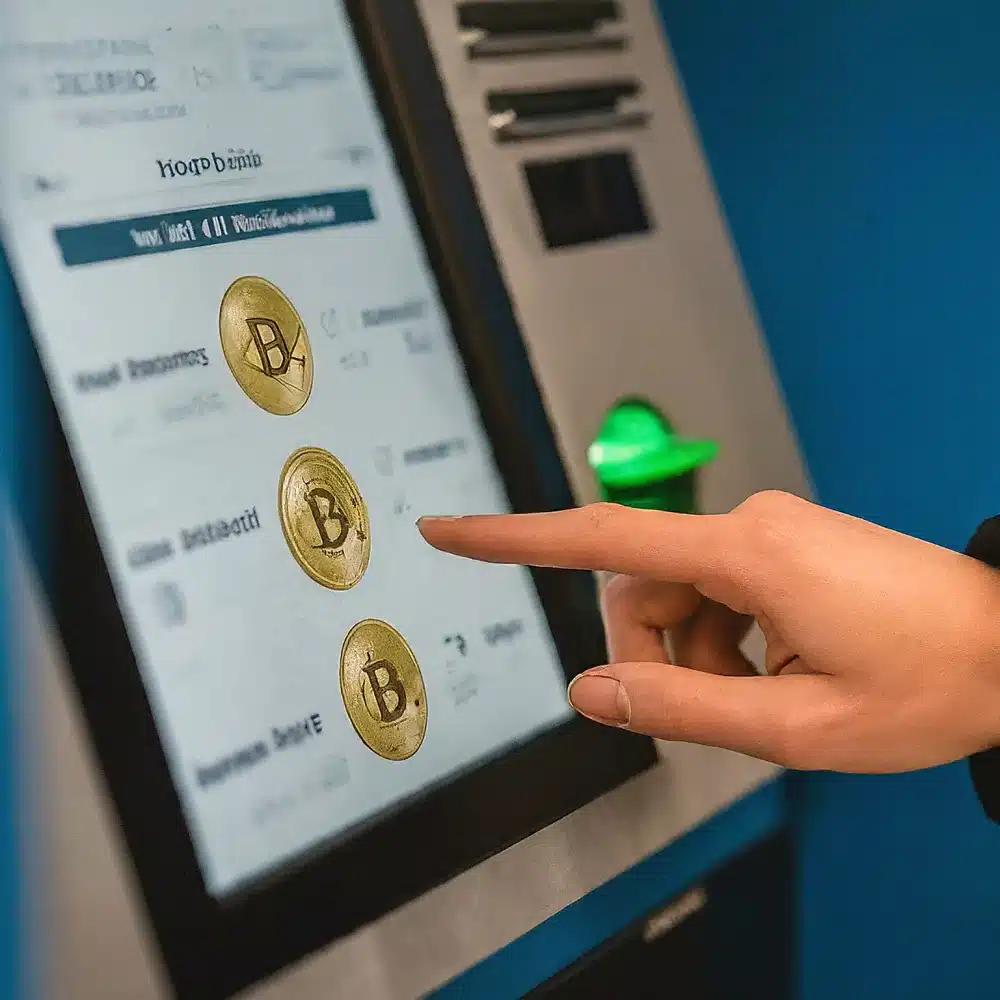
– Verify caller identity:
If someone claims to be from a company or government agency and requests payment, hang up and independently verify their identity.
Use the customer service number published on their official website to confirm their legitimacy before proceeding with any transactions.
– Protect personal information:
Avoid sharing personal or financial details with unknown individuals or entities.
Be cautious when providing access to your accounts and verify the recipient’s identity before disclosing sensitive information.
– Ask questions and seek advice:
If you encounter suspicious requests or communications, don’t hesitate to ask questions and seek advice from trusted individuals, such as relatives, friends, or neighbors.
They can provide valuable insights and help you assess the situation objectively.
– Contact published customer service numbers:
If someone demands payment and claims to represent your bank, utility company, or another business, independently verify their identity by contacting the respective business’s published customer service number.
Confirm the legitimacy of the request before proceeding with any transactions.
Don’t Be a Victim: CoinTime Helps You Avoid Bitcoin ATM Scams
Bitcoin ATMs offer a convenient way to buy and sell cryptocurrency, but scammers are lurking, waiting to exploit unsuspecting users.
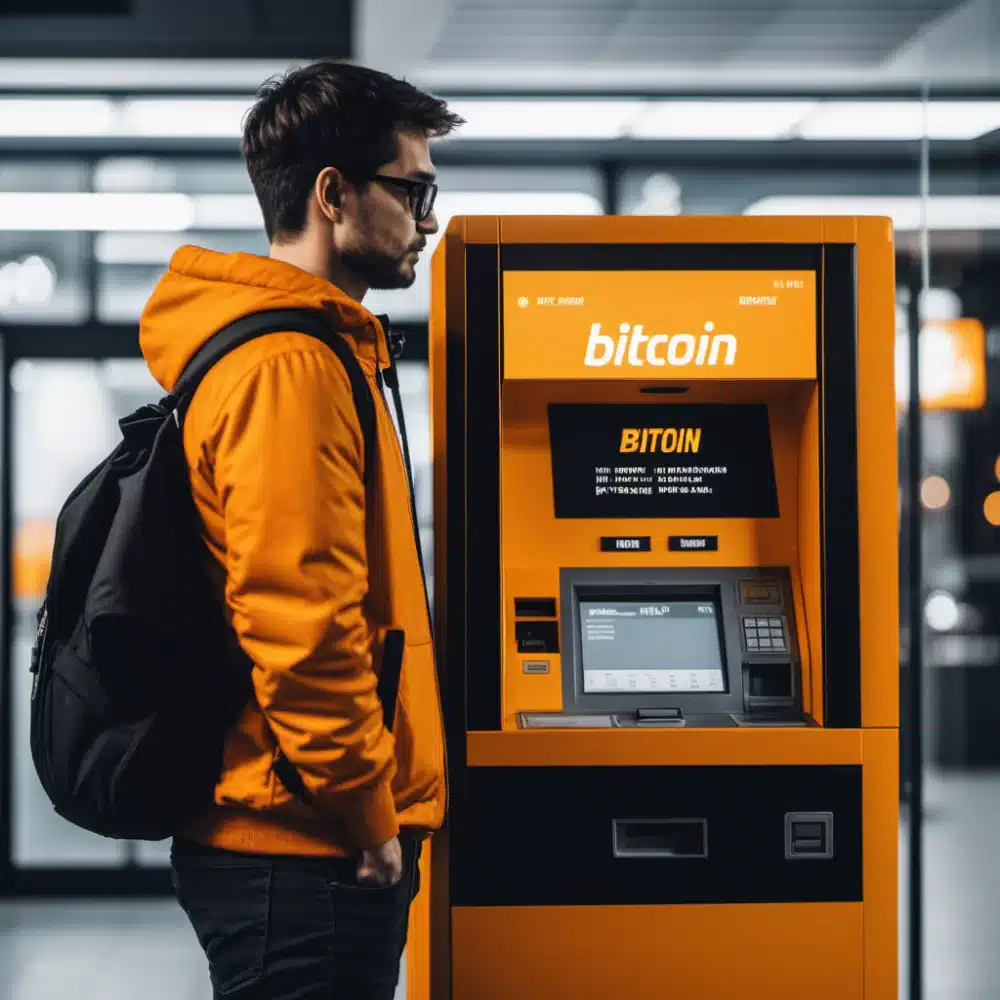
Scammers love crypto’s anonymity as Special Agent Trenson Akana of the U.S. Secret Service put it, “Once the money’s on the blockchain, they can transfer and launder it in many ways.”
Here’s where CoinTime steps in to safeguard you:
Adherence to regulations
Criminals target machines without proper registration and consumer protections.
Unlicensed ATMs may be more susceptible to tampering or manipulation, putting your personal information and funds at risk.
CoinTime on the other hand is licensed and adheres to regulations set by its jurisdictions.
Security First
CoinTime prioritizes your information’s security.
Their measures include encryption, secure data storage, and regular security audits.
This multi-layered approach minimizes the risk of data breaches, both online when interacting with their system and at the ATM itself.
Trusted Reputation
CoinTime is a well-established company with a solid track record. They prioritize user safety and compliance with regulations. Using their ATMs gives you peace of mind, knowing you’re dealing with a reputable operator with a vested interest in protecting your financial well-being.
Clear Interface
CoinTime’s ATMs have a user-friendly interface that avoids confusing steps.
Scammers often exploit complicated interfaces with unclear instructions or hidden fees.
CoinTime’s clear interface guides you through the transaction process step-by-step, minimizing the risk of errors or confusion that scammers might use to exploit you.
How to Recover Your Money from a BTM Scams
If you find yourself in the unfortunate situation of being scammed by a Bitcoin ATM, here are steps you can take to attempt to recover your money:
Step 1: Contact the Bitcoin ATM operator:
Contact the company that operates the Bitcoin ATM.
You can usually find their contact information on the machine or their website.
Explain the situation in detail and provide any relevant information about the transaction.
Step 2: Provide proof of transaction:
You must provide evidence to support your refund request.
This may include a receipt from the Bitcoin ATM, a transaction ID, or a screenshot of the transaction from your Bitcoin wallet.
The more documentation you can provide, the better your chances of a successful resolution.
Step 3: Contact your bank or credit card company
If you used a debit or credit card for the transaction, immediately contact your bank or credit card company.
Inform them of the scam and inquire about their dispute resolution process.
They may be able to assist you in disputing the transaction and potentially recovering your funds.
Step 4: File a police report
If you believe you’ve fallen victim to a scam, it’s crucial to report it to the authorities.
Contact your local police department and file a report outlining what happened.
Be sure to provide as much information as possible to aid their investigation.
Step 5: Seek legal advice:
If you can’t resolve the issue independently, consider consulting with a lawyer specializing in cryptocurrency and financial scams.
They can offer legal guidance and advise you on your options for recourse.

FAQs
– Is there a Bitcoin ATM scam?
Yes, Bitcoin ATM scams exist and have been on the rise in recent years.
Scammers employ various tactics to deceive individuals into sending money through Bitcoin ATMs, often resulting in significant financial losses for victims.
– How do you know if you’re being scammed on Bitcoin and thwart scammers?
Several red flags can indicate potential scams when using Bitcoin ATMs and help thwart scammers.
These include unsolicited contact, promises of high returns, urgency and pressure to make quick decisions, and requests for personal information beyond what is necessary for the transaction.
If you encounter these signs, exercise caution and seek advice from trusted individuals.
– What are some common types of Bitcoin ATM scams?
Bitcoin ATM scams come in various forms, including pig butchering, romance, impersonation, and computer “Anti-Virus Protection” scams.
These scams involve creating fake identities, building false trust, and fabricating urgent situations to deceive victims into sending money through Bitcoin ATMs.
– Is it safe to send money through a Bitcoin ATM?
While Bitcoin ATMs offer convenience and accessibility for buying and selling cryptocurrencies, safety can vary depending on factors such as the operator’s reputation, location, and security measures.
It is essential to use caution and verify the transaction’s legitimacy before sending money through a Bitcoin ATM.
– Can Bitcoin ATM be hacked?
Bitcoin ATMs can be vulnerable to hacking, just like any other electronic device connected to the internet.
However, reputable operators such as Coin Time typically implement security measures to protect against hacking attempts.
Users should exercise caution and ensure they use Bitcoin ATMs from trusted operators with robust security protocols.
– How do I get my money back from a Bitcoin ATM?
If you’ve been scammed or encountered an issue with a Bitcoin ATM transaction, you can take steps to recover your money.
Contact the Bitcoin ATM operator to report the issue and provide evidence of the transaction, such as a receipt or transaction ID.
Additionally, contact your bank or credit card company if you used a debit or credit card for the transaction.
Prompt action and documentation can increase the chances of a successful resolution.
– How can CoinTime help me avoid Bitcoin ATM scams?
CoinTime prioritizes security, adherence to regulations, and user-friendly interfaces to safeguard users against Bitcoin ATM scams.
With robust security measures, a trusted reputation, and a clear interface, CoinTime aims to provide users with peace of mind and protection against fraudulent activities.
Using CoinTime’s ATMs, users can mitigate the risk of falling victim to Bitcoin ATM scams and enjoy a secure cryptocurrency transaction experience.
